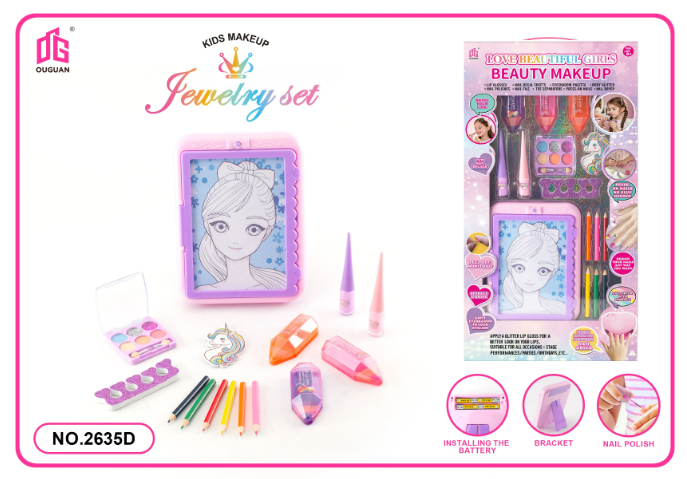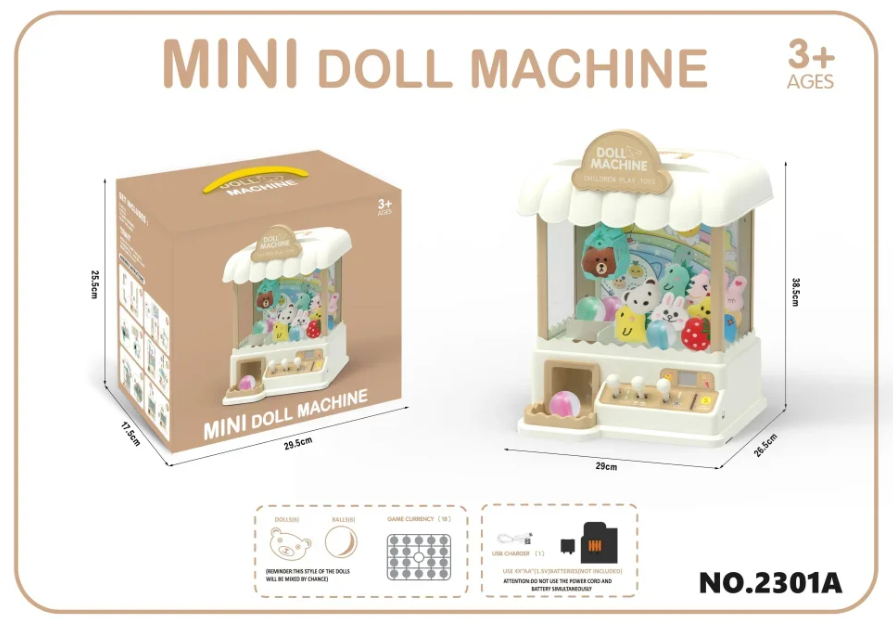Unraveling the Threads: A Comprehensive Overview of What is Included in the Apparel Market
The apparel market is a dynamic and multifaceted sector that plays a crucial role in the global economy. It encompasses a wide array of products, trends, and consumer behaviors, making it essential for industry stakeholders to understand its various components. This article delves into the intricacies of the apparel market, exploring its segments, trends, and the factors that influence its evolution.
- Defining the Apparel Market
At its core, the apparel market refers to the industry involved in the design, manufacturing, distribution, and retailing of clothing and accessories. This market is not limited to traditional garments but extends to a variety of categories, including:
- Ready-to-Wear (RTW): Mass-produced clothing that is available in standard sizes.
- Haute Couture: Custom-fitted clothing made by high-end fashion houses.
- Activewear: Clothing designed for physical activities, including sports and fitness.
- Loungewear: Comfortable clothing suitable for home wear.
- Sustainable Fashion: Eco-friendly clothing that emphasizes ethical production practices.
- Key Segments of the Apparel Market
The apparel market can be segmented into several categories based on various criteria:
a. Product Type
- Men's Apparel: Includes formal wear, casual wear, and activewear tailored for men.
- Women's Apparel: Encompasses a wide range of clothing, from dresses to outerwear and activewear.
- Children's Apparel: Focuses on clothing designed for infants, toddlers, and older children.
b. Distribution Channel
- Online Retail: E-commerce platforms have revolutionized the way consumers shop for apparel, providing convenience and a broader selection.
- Brick-and-Mortar Stores: Traditional retail outlets remain significant, offering consumers the tactile experience of trying on clothing.
- Wholesale: Bulk sales to retailers or other businesses, often at discounted prices.
c. Geographic Region
The apparel market varies significantly across different regions, influenced by cultural preferences, economic conditions, and fashion trends. Key markets include:
- North America: Known for its diverse consumer base and high spending on fashion.
- Europe: Home to many leading fashion capitals, such as Paris and Milan, influencing global trends.
- Asia-Pacific: A rapidly growing market driven by increasing disposable incomes and a burgeoning middle class.
- Current Trends Shaping the Apparel Market
Understanding the current trends is vital for stakeholders looking to navigate the apparel market effectively. Some notable trends include:
a. Sustainability and Ethical Fashion
As consumers become more environmentally conscious, the demand for sustainable and ethically produced apparel is on the rise. Brands are increasingly adopting eco-friendly materials, transparent supply chains, and fair labor practices to appeal to this demographic.
b. Technological Integration
The integration of technology in the apparel market is transforming how products are designed, manufactured, and sold. Innovations such as 3D printing, virtual fitting rooms, and AI-driven inventory management are enhancing efficiency and customer experience.
c. Personalization and Customization
Consumers are seeking unique and personalized shopping experiences. Brands are leveraging data analytics to offer customized recommendations and even bespoke clothing options, catering to individual preferences.
- Challenges Facing the Apparel Market
Despite its growth, the apparel market faces several challenges that stakeholders must address:
a. Supply Chain Disruptions
Global events, such as the COVID-19 pandemic, have highlighted vulnerabilities in supply chains. Brands must develop resilient supply chain strategies to mitigate risks and ensure timely delivery.
b. Fast Fashion Criticism
The fast fashion model, characterized by rapid production and low prices, has come under scrutiny for its environmental impact and labor practices. Brands are now tasked with finding a balance between affordability and sustainability.
c. Changing Consumer Behavior
The rise of e-commerce and shifting consumer preferences necessitate that brands adapt their strategies to remain competitive. Understanding the evolving landscape of consumer behavior is crucial for success.
Conclusion
The apparel market is a complex and ever-evolving industry that encompasses a wide range of products, trends, and challenges. By understanding what is included in this market, stakeholders can make informed decisions that align with consumer preferences and industry developments. As sustainability, technology, and personalization continue to shape the future of fashion, those who adapt and innovate will thrive in this vibrant sector.








